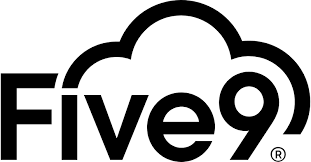When looking for the best call center software provider, it’s important to consider features, communication channels, the type of call center you are running, and pricing–all related to your business needs.
Aside from knowing and identifying your product-specific needs, here are important considerations:
Ability to deliver on use cases
Dive deep into the use case reports being presented to you. Each vendor should have an expansive catalog use of use cases. Understanding those use cases is crucial. It isn't always black and white. Highlight things you like in the use cases, and set those expectations. If the potential provider deflects on expectations, that should be a red flag. If your company receives a large number of inbound calls, especially for a variety of reasons–like technical support, customer service, billing information, product questions, sales–you should choose a call center provider with advanced routing and queueing capabilities.
In particular, look for a provider with multiple use cases in your particular industry and your particular company size.
Investment in R&D
Most vendors should have an R&D department that's working on building new features and expanding existing features. If a vendor does not invest in R&D that means their product isn't moving forward, and will eventually lack services/features you need.
Financial health
While some vendors are in growth mode, you want to understand how healthy they are financially. This info is easy to find for public companies. Private companies should disclose their financial positions to secure your trust in their ability to stay in business.
Analyst Recognitions
Look for vendors that appear on Gartner's Magic Quadrant and other similar industry and analyst reports.
Pricing and Plans
Considering the features and channels you shortlisted, you want to select the provider and pricing plan that offers the most value for your company. Compare all the providers who offer the features you want, then take a closer look at their plans. Choose the pricing tier that includes your prioritized features without too many extra features you won’t use.
In general, choose the pricing tier that includes your prioritized features without too many features you won’t use. This way, you can select a provider and pricing tier that meets your budget.












